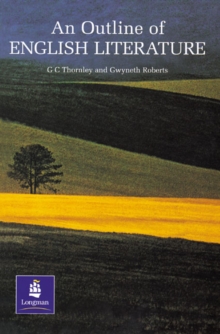The first comprehensive and detailed presentation of techniques for authenticating digital images.
Photographs have been doctored since photography was invented. Dictators have erased people from photographs and from history. Politicians have manipulated photos for short-term political gain. Altering photographs in the predigital era required time-consuming darkroom work. Today, powerful and low-cost digital technology makes it relatively easy to alter digital images, and the resulting fakes are difficult to detect. The field of photo forensics―pioneered in Hany Farid's lab at Dartmouth College―restores some trust to photography. In this book, Farid describes techniques that can be used to authenticate photos. He provides the intuition and background as well as the mathematical and algorithmic details needed to understand, implement, and utilize a variety of photo forensic techniques.
Farid traces the entire imaging pipeline. He begins with the physics and geometry of the interaction of light with the physical world, proceeds through the way light passes through a camera lens, the conversion of light to pixel values in the electronic sensor, the packaging of the pixel values into a digital image file, and the pixel-level artifacts introduced by photo-editing software. Modeling the path of light during image creation reveals physical, geometric, and statistical regularities that are disrupted during the creation of a fake. Various forensic techniques exploit these irregularities to detect traces of tampering. A chapter of case studies examines the authenticity of viral video and famously questionable photographs including “Golden Eagle Snatches Kid” and the Lee Harvey Oswald backyard photo.
Aceasta este o carte in limba engleza. Descrierea cartii (tradusa din engleza cu Google Translate) este in limba romana din motive legale.
Prima prezentare cuprinzatoare si detaliata a tehnicilor de autentificare a imaginilor digitale. Fotografiile au fost mediate de cand a fost inventata fotografia.









































